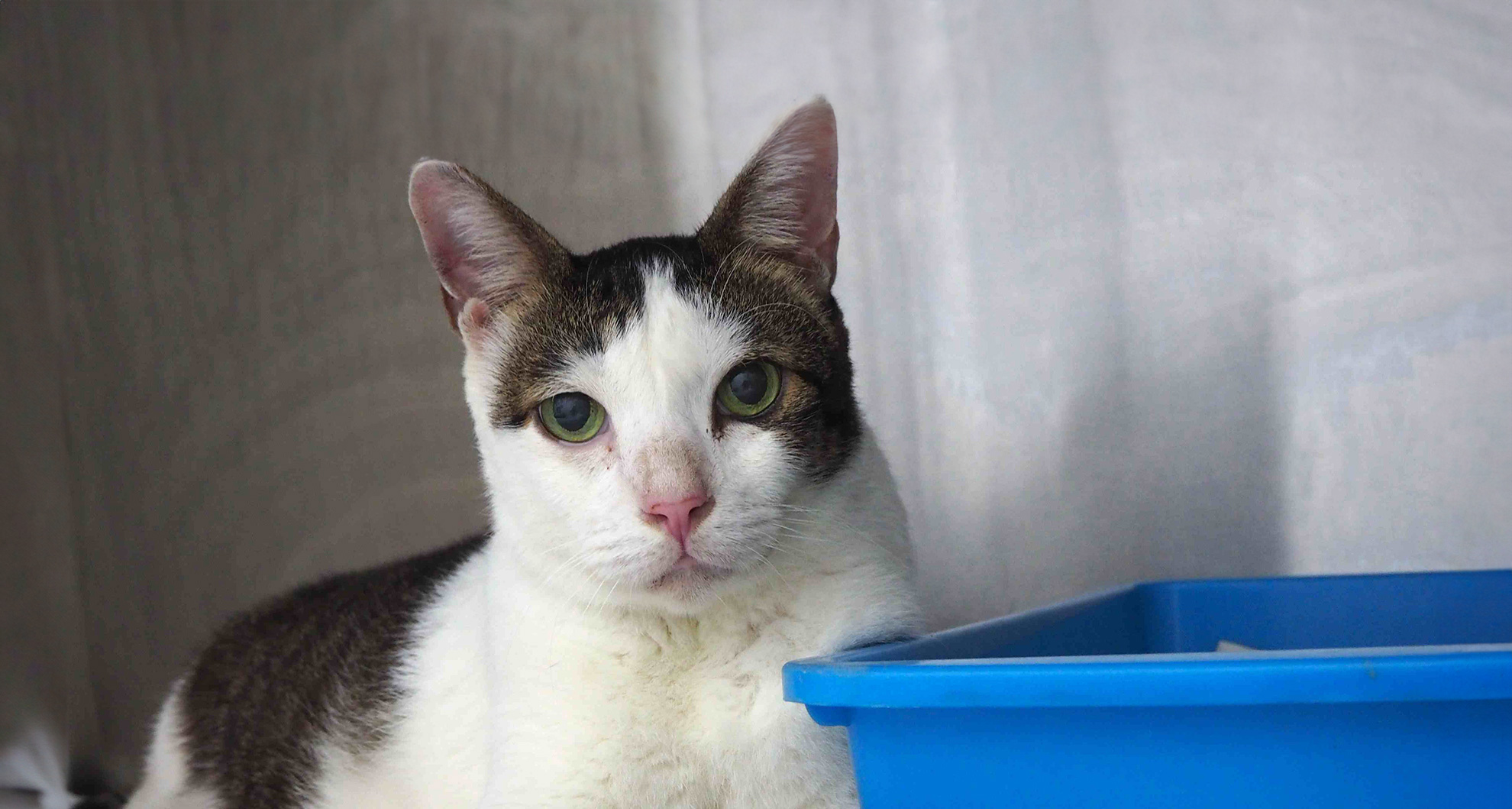Diabetes Mellitus in Cats



Early signs of diabetes include:
- Excessive drinking (polydipsia): also a sign of kidney disease
- Excessive urination (polyuria): look out for larger clumps of urine in litter boxes or ‘accidents’ around the house, which could also be a sign of urinary tract disease or bladder stones
- Increased appetite (polyphagia) but accompanied by weight loss
Effective blood glucose monitoring is essential for the management of cats with diabetes mellitus.
The patient stays in our clinic for a day to perform blood glucose curve and fructosamine test to ensure the diabetes is well managed. Blood glucose readings can be affected by stress, food consumption, and exercise. It is important for the patient to be calm and relaxed to prevent an increase in blood glucose value due to stress.
Ideally, a diabetic patient should be fed the same type of food, same amount, at the same time each day. This minimizes fluctuations in blood glucose so the amount of insulin to be injected remains the same. When diabetes mellitus is poorly controlled, the body starts to break down fat cells resulting in a serious complication known as diabetic ketoacidosis (DKA) which can lead to diabetic coma or death. Once the diabetes is properly regulated, the patient can live a long and happy life.
You can help to prevent diabetes in your cat by maintaining an ideal body condition, feeding an appropriate diet, and scheduling regular blood and urine screening tests.
Early signs of diabetes include:
- Excessive drinking (polydipsia): also a sign of kidney disease
- Excessive urination (polyuria): look out for larger clumps of urine in litter boxes or ‘accidents’ around the house, which could also be a sign of urinary tract disease or bladder stones
- Increased appetite (polyphagia) but accompanied by weight loss
Effective blood glucose monitoring is essential for the management of cats with diabetes mellitus.
The patient stays in our clinic for a day to perform blood glucose curve and fructosamine test to ensure the diabetes is well managed. Blood glucose readings can be affected by stress, food consumption, and exercise. It is important for the patient to be calm and relaxed to prevent an increase in blood glucose value due to stress.
Ideally, a diabetic patient should be fed the same type of food, same amount, at the same time each day. This minimizes fluctuations in blood glucose so the amount of insulin to be injected remains the same. When diabetes mellitus is poorly controlled, the body starts to break down fat cells resulting in a serious complication known as diabetic ketoacidosis (DKA) which can lead to diabetic coma or death. Once the diabetes is properly regulated, the patient can live a long and happy life.
You can help to prevent diabetes in your cat by maintaining an ideal body condition, feeding an appropriate diet, and scheduling regular blood and urine screening tests.
Early signs of diabetes include:
- Excessive drinking (polydipsia): also a sign of kidney disease
- Excessive urination (polyuria): look out for larger clumps of urine in litter boxes or ‘accidents’ around the house, which could also be a sign of urinary tract disease or bladder stones
- Increased appetite (polyphagia) but accompanied by weight loss
Effective blood glucose monitoring is essential for the management of cats with diabetes mellitus.
The patient stays in our clinic for a day to perform blood glucose curve and fructosamine test to ensure the diabetes is well managed. Blood glucose readings can be affected by stress, food consumption, and exercise. It is important for the patient to be calm and relaxed to prevent an increase in blood glucose value due to stress.
Ideally, a diabetic patient should be fed the same type of food, same amount, at the same time each day. This minimizes fluctuations in blood glucose so the amount of insulin to be injected remains the same. When diabetes mellitus is poorly controlled, the body starts to break down fat cells resulting in a serious complication known as diabetic ketoacidosis (DKA) which can lead to diabetic coma or death. Once the diabetes is properly regulated, the patient can live a long and happy life.
You can help to prevent diabetes in your cat by maintaining an ideal body condition, feeding an appropriate diet, and scheduling regular blood and urine screening tests.